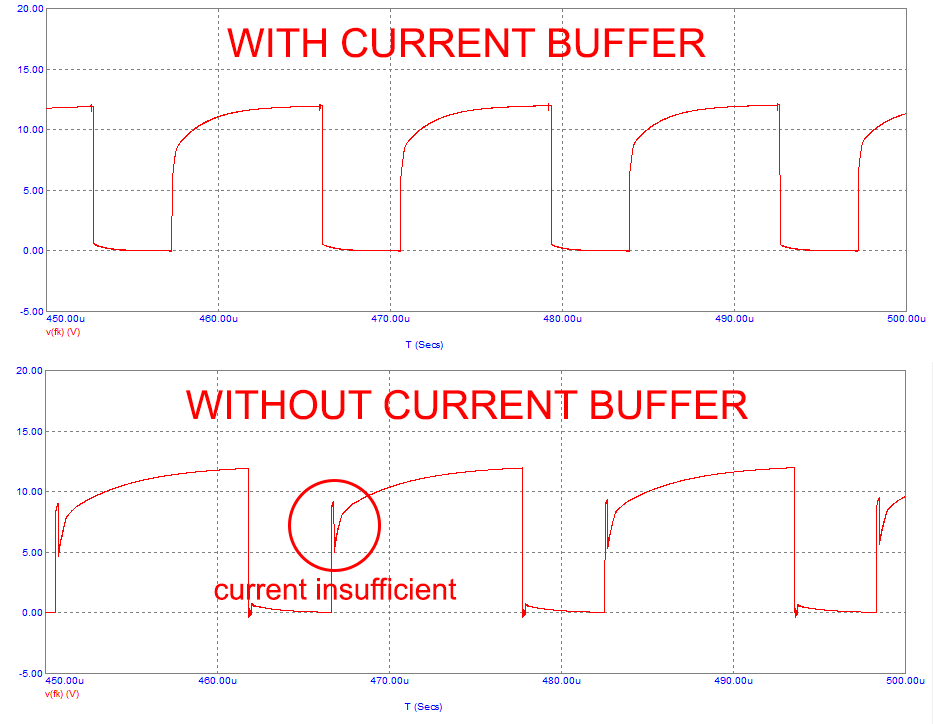I got my hands on one of these, so here's the initial report, thoughts, ideas.
Good news is the schematic seems to be the same as the original NT1a with some slight changes. Diferent in/out pin order of the 40106, 100nF output caps. The zener is 13.6V. Polarization voltage is about 70V. I am not sure about the FET, it says just 450 on it, but NJ450L stated in schemo is a technlology, there is no fet by that name, but several FETs produced using that technology.
UPDATE: I found an error on the schematic. 0.047 cap at Q1 is 100pF. And 0.047 across D4 diodes and 1k resistor is 5nF.
https://groupdiy.com/index.php?topic=61032.0
It is really dead quiet, but i was thinking if i could take it to extremes, however i am not sure how far i can push the 40106. Fairchild states their absolute maximum Vdd 20VDC. This one from NXP has only recommended 15VDC, but not absolute maximum. I guess 18V zener would do fine, but i am tempted to try 20v.
I have tested the capsule at 80V polarization voltage, and it works just fine.
I have measured the response both with, and without the grille. It has really minimal effect on the response. The dip in the high end on the graph between 8k and 9k is due to headbasket, so i wonder what was the deal with all those headbasket mods, seem to be pointless. I will experiment more with custom grilles. There are no acoustic pockets, nothing gets in the way of the capsule, and the design is probably better than most headbaskets out there.
The graph i posted is without any smoothing, and take 180 response with grain of salt as i don't have true anechoic chamber
The body deceivingly seems to be of lower quality compared to the original, but only at first until you take the acoustics into the equation. A lot of the construction is made out of plastic, and body sleeve is thin metal that resembles BM800 tube material, which is a good thing. Both actually resemble u87 tube, which is thinner and weaker than many believe. All of this means there is no resonances traveling through the body, the sleeve is additionally damped by foam glued to the vertical profiles of the chassis. The body simply doesn't ring or resonate at all.
There is an issue though, and it is the ''improved'' capsule Rycote style holder. When you hold the mic in hand the whole thing works as a 30hz oscillator. It generates terrible low end rumble, so i plan to mod the holder.
The dome under the capsule is of great shape, i might just stick tiny amount of some absorbent material, and see if that changes anything.
Frequency response with grille (stock) NO SMOOTHING:
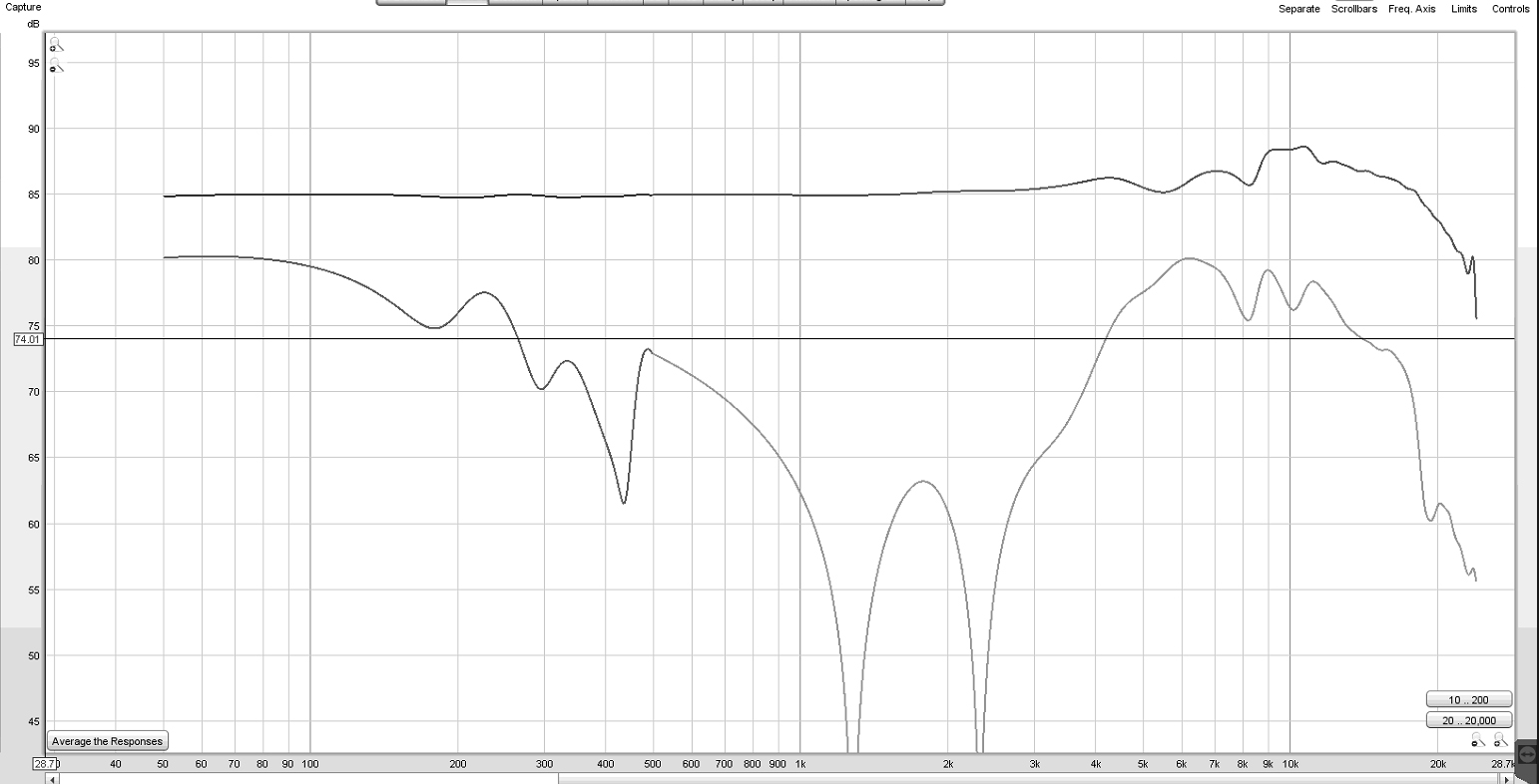
The PCB:

Capsule measurement without grille:

Update: Circuit mod idea.
Here's a circuit mod i came up with. I had a 22mH inductor so i worked around that one. This gives the mic flat-ish response. Reminds somewhat of u67 response. Some trace cutting necessary, smd tinkering, so not very DIY friendly.
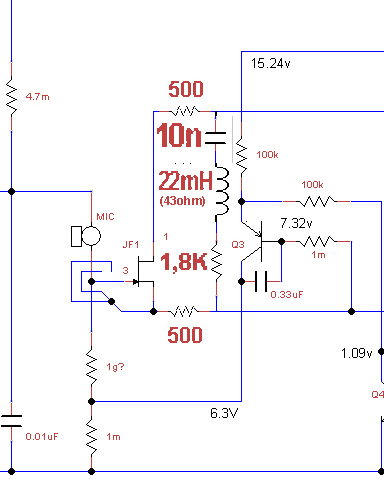
Here's before and after, and filter response curve on the top.
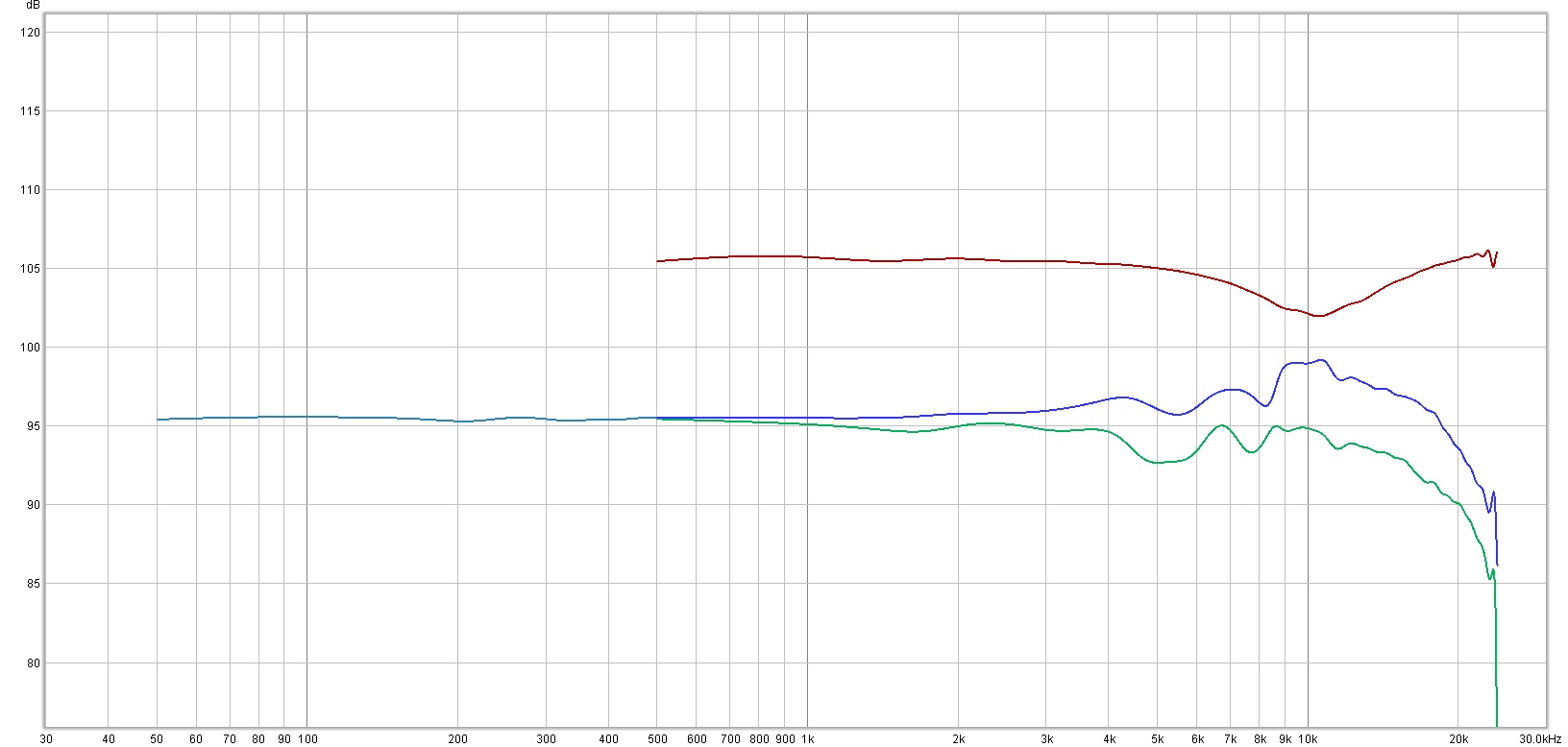
Good news is the schematic seems to be the same as the original NT1a with some slight changes. Diferent in/out pin order of the 40106, 100nF output caps. The zener is 13.6V. Polarization voltage is about 70V. I am not sure about the FET, it says just 450 on it, but NJ450L stated in schemo is a technlology, there is no fet by that name, but several FETs produced using that technology.
UPDATE: I found an error on the schematic. 0.047 cap at Q1 is 100pF. And 0.047 across D4 diodes and 1k resistor is 5nF.
https://groupdiy.com/index.php?topic=61032.0
It is really dead quiet, but i was thinking if i could take it to extremes, however i am not sure how far i can push the 40106. Fairchild states their absolute maximum Vdd 20VDC. This one from NXP has only recommended 15VDC, but not absolute maximum. I guess 18V zener would do fine, but i am tempted to try 20v.
I have tested the capsule at 80V polarization voltage, and it works just fine.
I have measured the response both with, and without the grille. It has really minimal effect on the response. The dip in the high end on the graph between 8k and 9k is due to headbasket, so i wonder what was the deal with all those headbasket mods, seem to be pointless. I will experiment more with custom grilles. There are no acoustic pockets, nothing gets in the way of the capsule, and the design is probably better than most headbaskets out there.
The graph i posted is without any smoothing, and take 180 response with grain of salt as i don't have true anechoic chamber
The body deceivingly seems to be of lower quality compared to the original, but only at first until you take the acoustics into the equation. A lot of the construction is made out of plastic, and body sleeve is thin metal that resembles BM800 tube material, which is a good thing. Both actually resemble u87 tube, which is thinner and weaker than many believe. All of this means there is no resonances traveling through the body, the sleeve is additionally damped by foam glued to the vertical profiles of the chassis. The body simply doesn't ring or resonate at all.
There is an issue though, and it is the ''improved'' capsule Rycote style holder. When you hold the mic in hand the whole thing works as a 30hz oscillator. It generates terrible low end rumble, so i plan to mod the holder.
The dome under the capsule is of great shape, i might just stick tiny amount of some absorbent material, and see if that changes anything.
Frequency response with grille (stock) NO SMOOTHING:

The PCB:

Capsule measurement without grille:

Update: Circuit mod idea.
Here's a circuit mod i came up with. I had a 22mH inductor so i worked around that one. This gives the mic flat-ish response. Reminds somewhat of u67 response. Some trace cutting necessary, smd tinkering, so not very DIY friendly.

Here's before and after, and filter response curve on the top.




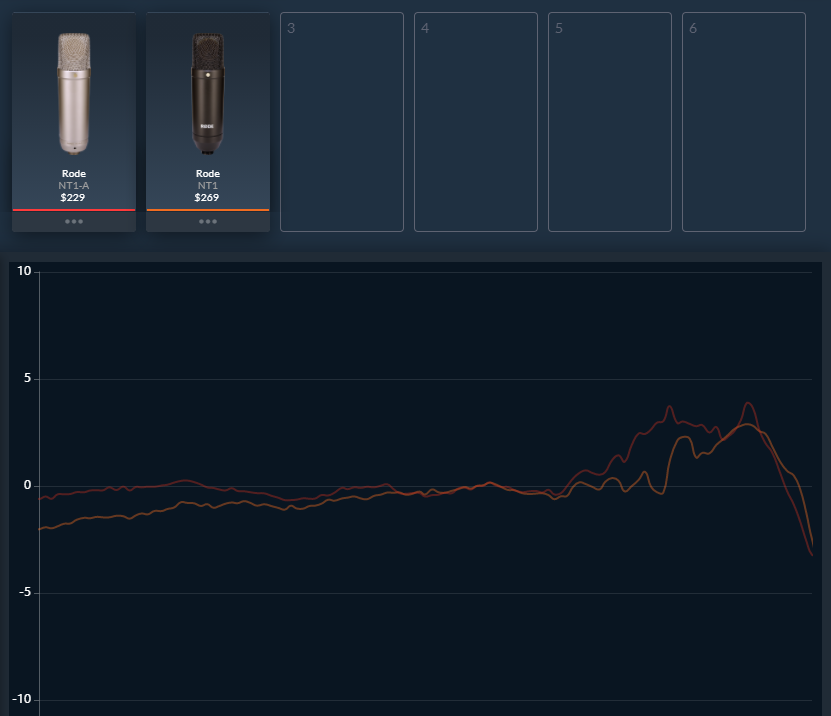
















![Electronics Soldering Iron Kit, [Upgraded] Soldering Iron 110V 90W LCD Digital Portable Soldering Kit 180-480℃(356-896℉), Welding Tool with ON/OFF Switch, Auto-sleep, Thermostatic Design](https://m.media-amazon.com/images/I/41gRDnlyfJS._SL500_.jpg)













